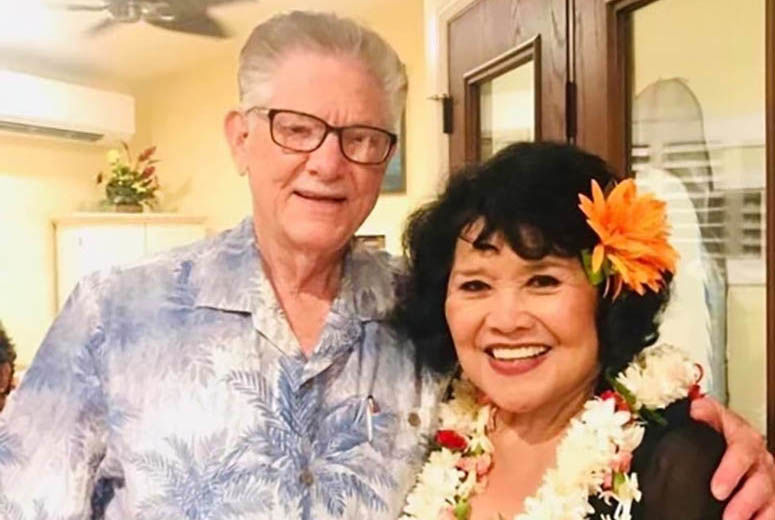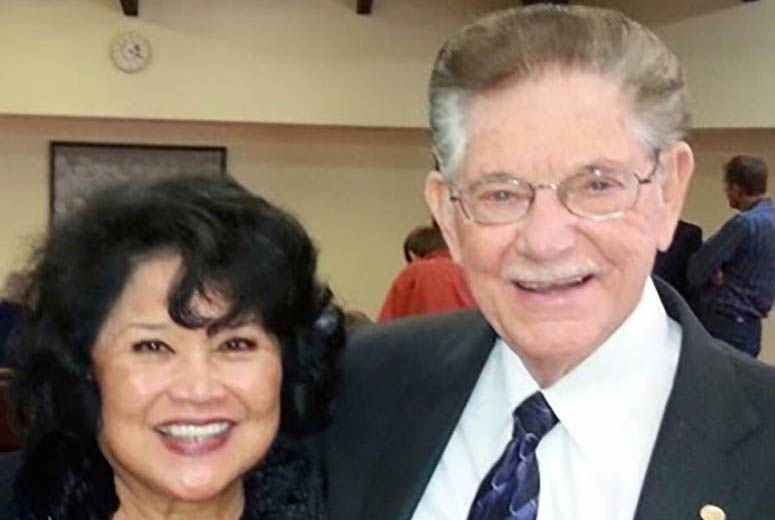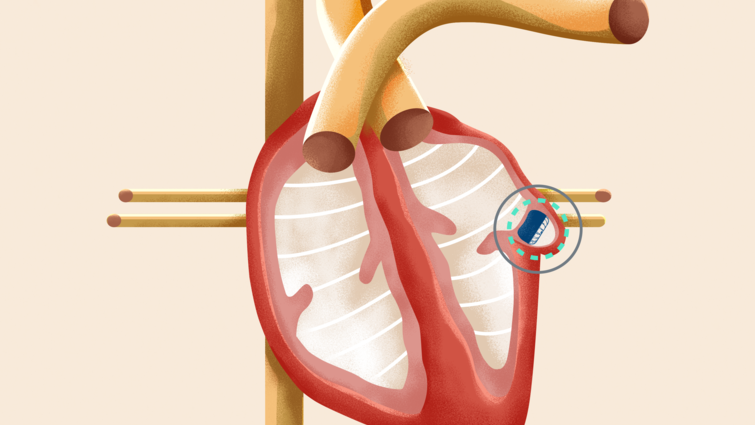
Physicians at Loma Linda University Medical Center (LLUMC) have completed 200 left atrial appendage closure procedures, more than any other healthcare institution across the Inland Empire.
“It’s a sign that we are progressing in our mission to bring the most advanced and best care to our community,” says cardiac electrophysiologist Rahul Bhardwaj, MD, about the milestone.
The procedure involves placing a Watchman device in the left atrial appendage — a small sac in the top left chamber of the heart. People with atrial fibrillation (AFib) have an irregular heart rhythm and are prone to blood clots forming in their left atrial appendage. Blood clots in the heart increase the risk of stroke, so many people with AFib require blood thinners.
We want people with atrial fibrillation to be aware that we are offering this safe, successful procedure to protect them from strokes without needing blood thinners.Dr. Rahul Bhardwaj
This minimally invasive procedure eliminates AFib patients’ need to take blood thinners while reducing their stroke risk. To achieve this, physicians insert the FDA-approved Watchman device through a catheter in the patient’s upper leg and guide it into the heart. Once placed in the left atrial appendage, the device expands to close off the appendage, reducing the risk of clots and stroke.
“We want people with atrial fibrillation to be aware that we are offering this safe, successful procedure to protect them from strokes without needing blood thinners,” Bhardwaj says.
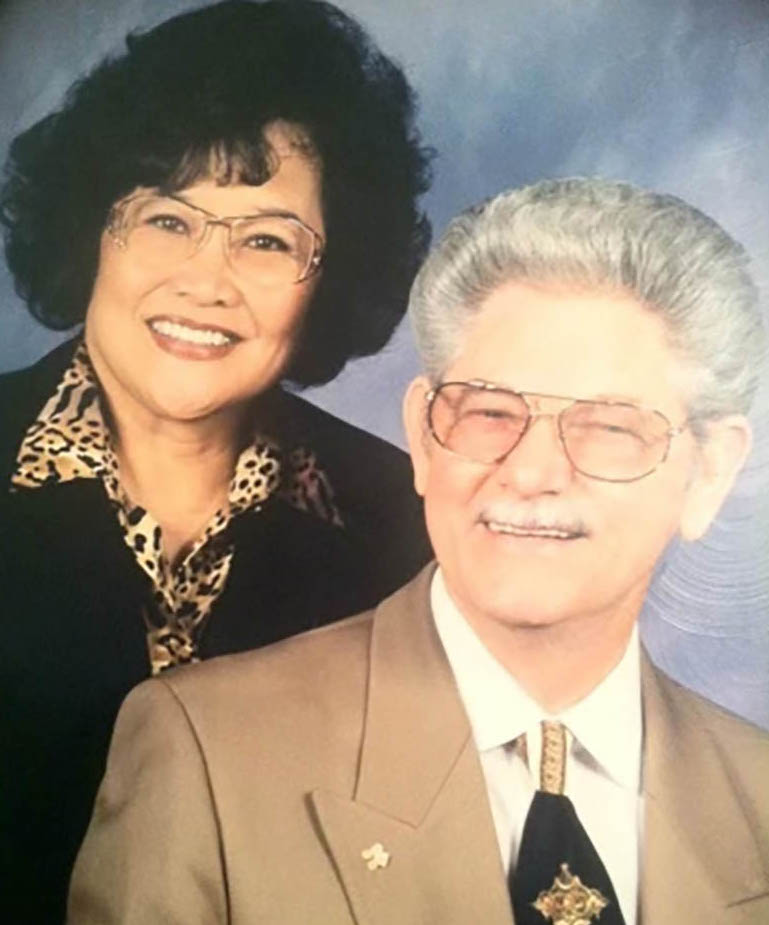 Richard Garner, an 86-year-old patient who has benefited from a left atrial appendage closure at LLUMC, says he was attracted to this procedure by the prospect of discontinuing blood thinner medication. He has experienced multiple hospitalizations for intestinal bleeding issues over the past three years.
Richard Garner, an 86-year-old patient who has benefited from a left atrial appendage closure at LLUMC, says he was attracted to this procedure by the prospect of discontinuing blood thinner medication. He has experienced multiple hospitalizations for intestinal bleeding issues over the past three years.
“I decided to get the device installed in my heart so I could drop blood thinners,” he says. “With all of my medical history and bleeding issues, to not have to take blood thinners anymore is a big deal for me.”
Having undergone many procedures for joint replacements, intestinal surgeries, and cardiac surgery, Garner says the recovery he experienced after the left atrial appendage closure procedure was the smoothest yet. He reported no issues in recovery and left the hospital the day after his procedure.
“I’ve been so impressed with the efficiency and personability of the staff and medical team," he said.
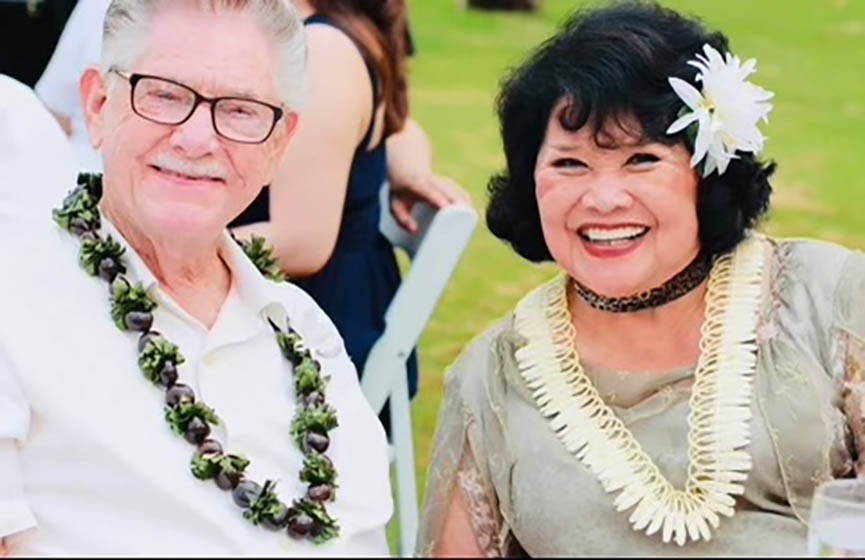 Garner has returned to his routine lifestyle. Since retiring as LLUH's director of human resources 20 years ago, Garner has focused on renting his backyard cottage to host LLUH patients receiving cancer treatment. Otherwise, he also has his hands full as a husband, father of three, grandfather to 13, and great-grandfather to 16.
Garner has returned to his routine lifestyle. Since retiring as LLUH's director of human resources 20 years ago, Garner has focused on renting his backyard cottage to host LLUH patients receiving cancer treatment. Otherwise, he also has his hands full as a husband, father of three, grandfather to 13, and great-grandfather to 16.
Bhardwaj says he and his colleagues are proud to enhance patients' lives like Garner's and motivated to continue improving their experience. LLUMC was one of the first healthcare institutions in the nation to utilize a new generation of the device designed to accommodate different types of left atrial appendage anatomies. The Watchman Flx device’s reconfiguration has also made the implantation process safer by reducing the risk of damaging the appendage area during deployment.
“One device does not always fit all, especially for people’s left atrial appendages that come in different sizes, shapes and orientations and so forth,” he says. “With this new iteration of the device, we can complete the appendage closure and see great outcomes even in those complex anatomies.”
Using intracardiac echocardiogram (ICE) guidance is another way LLU stays on the cutting edge of this procedure's delivery, Bhardwaj says. As opposed to the trans-esophageal echocardiogram traditionally used for these procedures, ICE does not require general anesthesia. Instead, during an ICE, physicians insert a catheter tipped with ultrasound crystals into the leg vein, guiding the placement of the device.
Using intracardiac echocardiography during a left atrial appendage closure procedure is a game-changer for patients.Dr. Rahul Bhardwaj
This means patients can undergo the procedure comfortably under local and minimal sedation only, easing the recovery process — an especially beneficial asset for elderly patients that struggle with general anesthesia’s effects during recovery, Bhardwaj says.
“Using intracardiac echocardiography during a left atrial appendage closure procedure is a game-changer for patients,” he says. LLUMC is the only center in the Inland Empire and San Diego regions to use ICE.
Bhardwaj says LLUMC’s safety record and outcome data validate the safety and effectiveness of the procedure for atrial fibrillation patients. Moreover, the International Heart Institute’s expansion into the Dennis and Carol Troesh Medical Campus will allow even more procedures to occur.
“We are offering the latest and greatest care for people in this area living with atrial fibrillation,” Bhardwaj says. “We are looking forward to continuing offering top-quality left atrial appendage closure procedures to more patients.”
Learn more about AFib and available treatment options online or call 800-468-5432.

